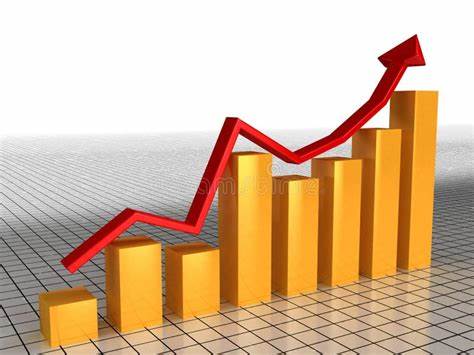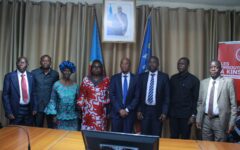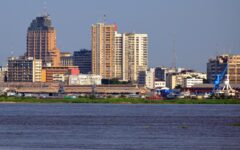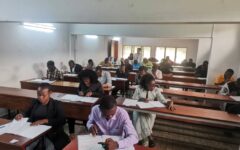Economic growth model based on the creation of leverage effects (ONOYA MODEL)
2024-01-19 15:02Economic growth model based on the creation of leverage effects (ONOYA MODEL)
= PATRICK ONOYA: ARCHIVES 2023 =
Economic growth model based on the creation of leverage effects (ONOYA MODEL)
DRC: Patrick Onoya recommends investment through import substitution
Published by La Prospérité April 18, 2023
At the invitation of the Dean of the Faculty of Economics at the University of Kinshasa, Patrick Onoya, researcher, lobbyist and investment strategist, held a conference-debate on Friday, April 14, 2023, during which ideas focused on the theme: ''Towards the application of a growth model based on the creation of leverage effects''. A conference that saw the participation of several personalities from the student sphere and other distinguished guests.
In his intervention during this framework of exchanges, Professor Onoya defended his economic model circumscribed in 3 (three) levers, considered by him as saving and pivotal of the Congolese economy, fruit of his personal research. This is the financialization of the economy which, according to him, comes back to the notion of development of financial markets in the Democratic Republic of Congo, to meet the needs of investment, the need to finance the productive tool, to develop local production.
The second lever is "the promotion of local production." Here, P. Onoya advises the Congolese state to base its philosophy of economic growth on the propulsion of the private sector, thus also creating as many Congolese millionaires as possible: "moving from the stage of doing to that of having done." The third and last lever is "economic protectionism," which he explains by the equally important involvement of the state, which must facilitate the local private sector with some customs exemption measures, to save billions of dollars that the country loses each year just in imports.
"Every year, the DRC imports almost 90% of its consumer goods, which represents $2 billion per month, or $24 billion per year. This is too much, and for this reason, it is important that researchers in the field of economics can rise up to provide solutions to this thorny problem. And for this, we naturally based our presentation on some fundamentals of macroeconomics in particular and macroeconomic equations to lead to the levers we proposed," said Patrick Onoya.
To save the Congolese economy, the lobbyist believes that his plan is very important, if not essential, given the current stage the DRC is at, which can double its GDP in just one year thanks to the Onoya model. "This is important because all this is being done against the backdrop of an import substitution industrialization strategy, and we have done a simulation to show that if we manage to reduce imports by 25%, this could have an impact of doubling the DRC's gross domestic product, which currently stands at 55 billion, and could reach 100 billion if we take into account the K Inès multiplier, which could lead us to do so," he said.
Urgent need for financial structures
Practically, Patrick Onoya recommends that the Congolese government create discussion frameworks for this type of issue with a view to growing the national economy, following the example of Nigeria and many other nations. "There is already an economic situation committee, we propose that there could also be an economic structure committee, because the issues we have been considering are structural issues, and the DRC has structural problems, such as the lack of well-developed financial markets, which mean that we are asking too much of the interbank market, which fundamentally exists to solve the liquidity problems of businesses, but the DRC needs financial structures that can meet the investment needs in production tools," he concluded.
Fidel Songo
















